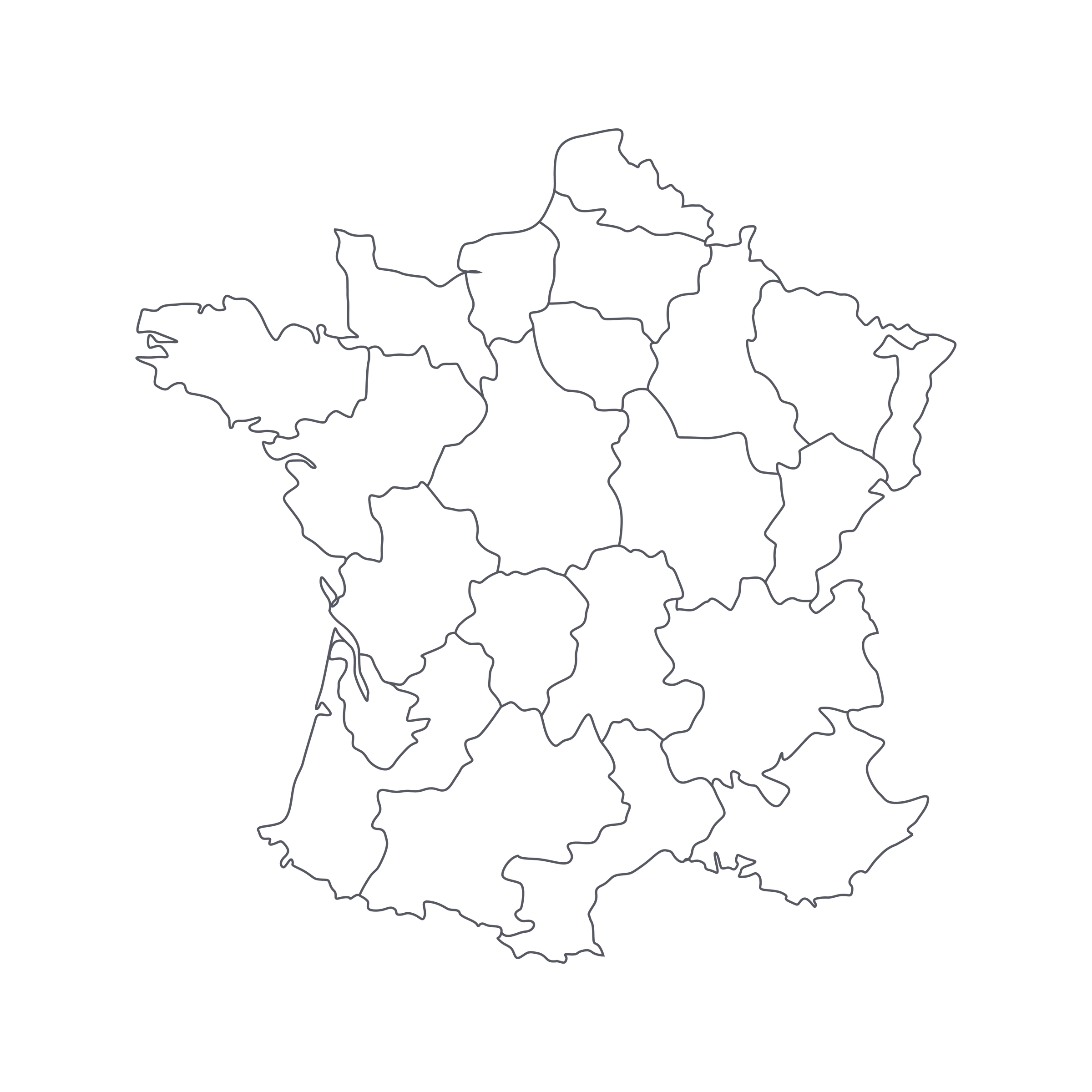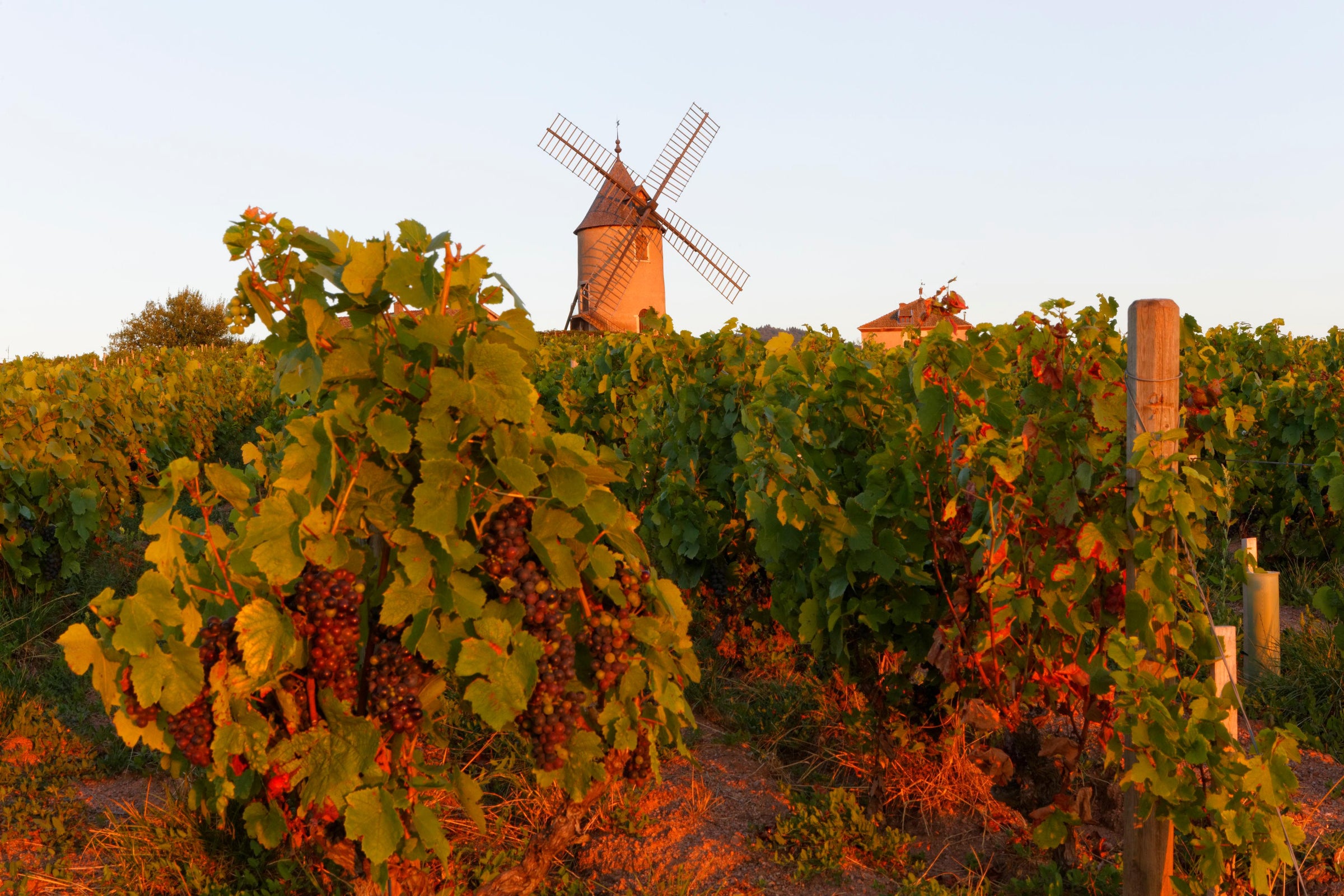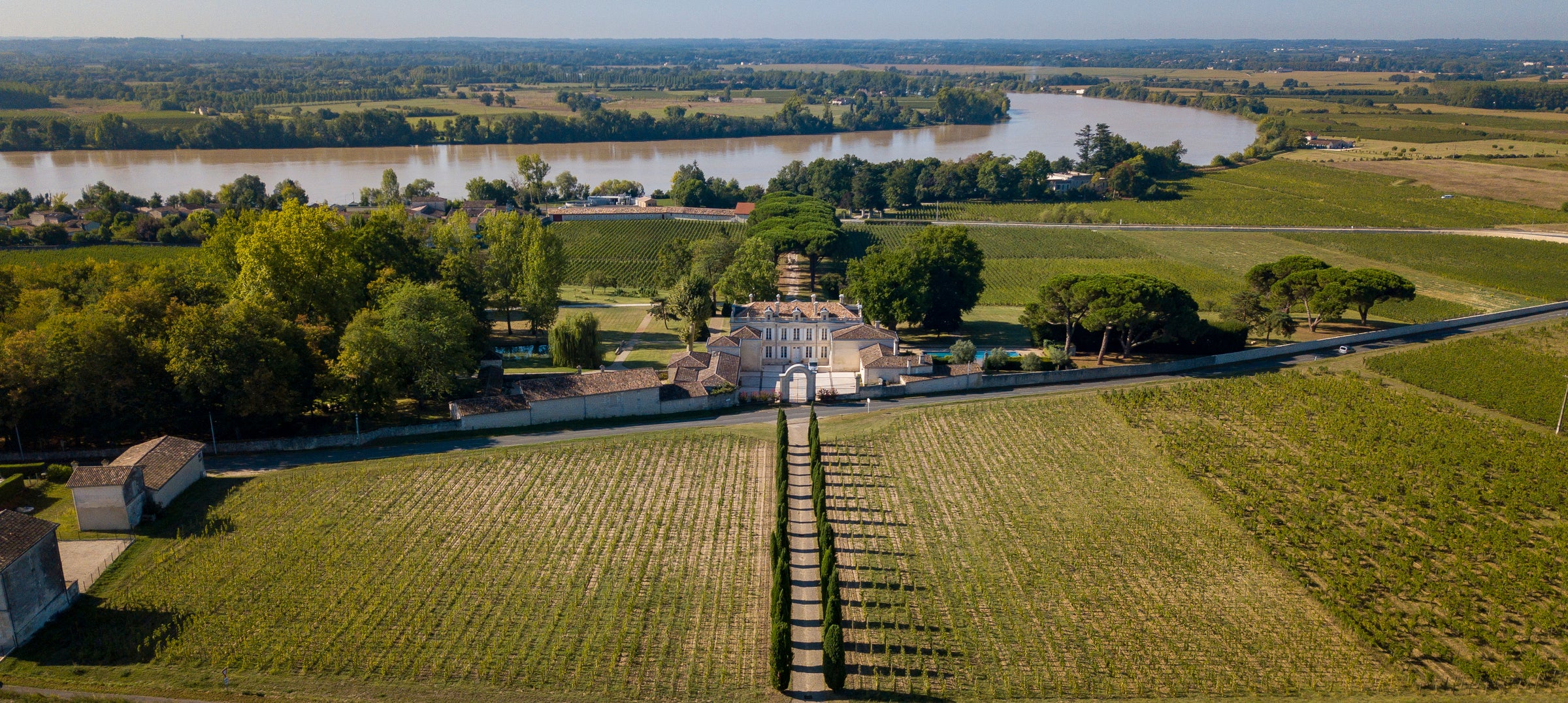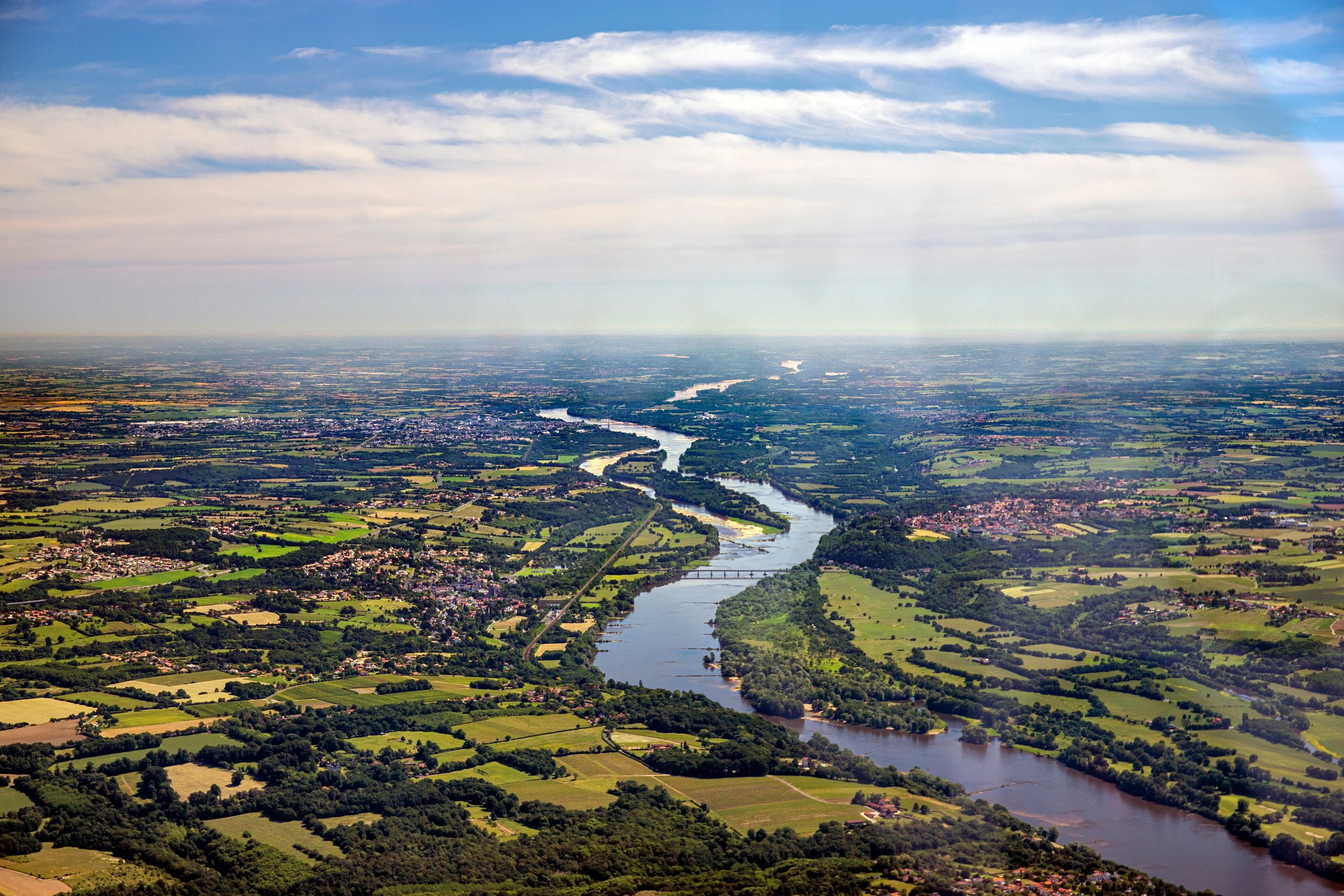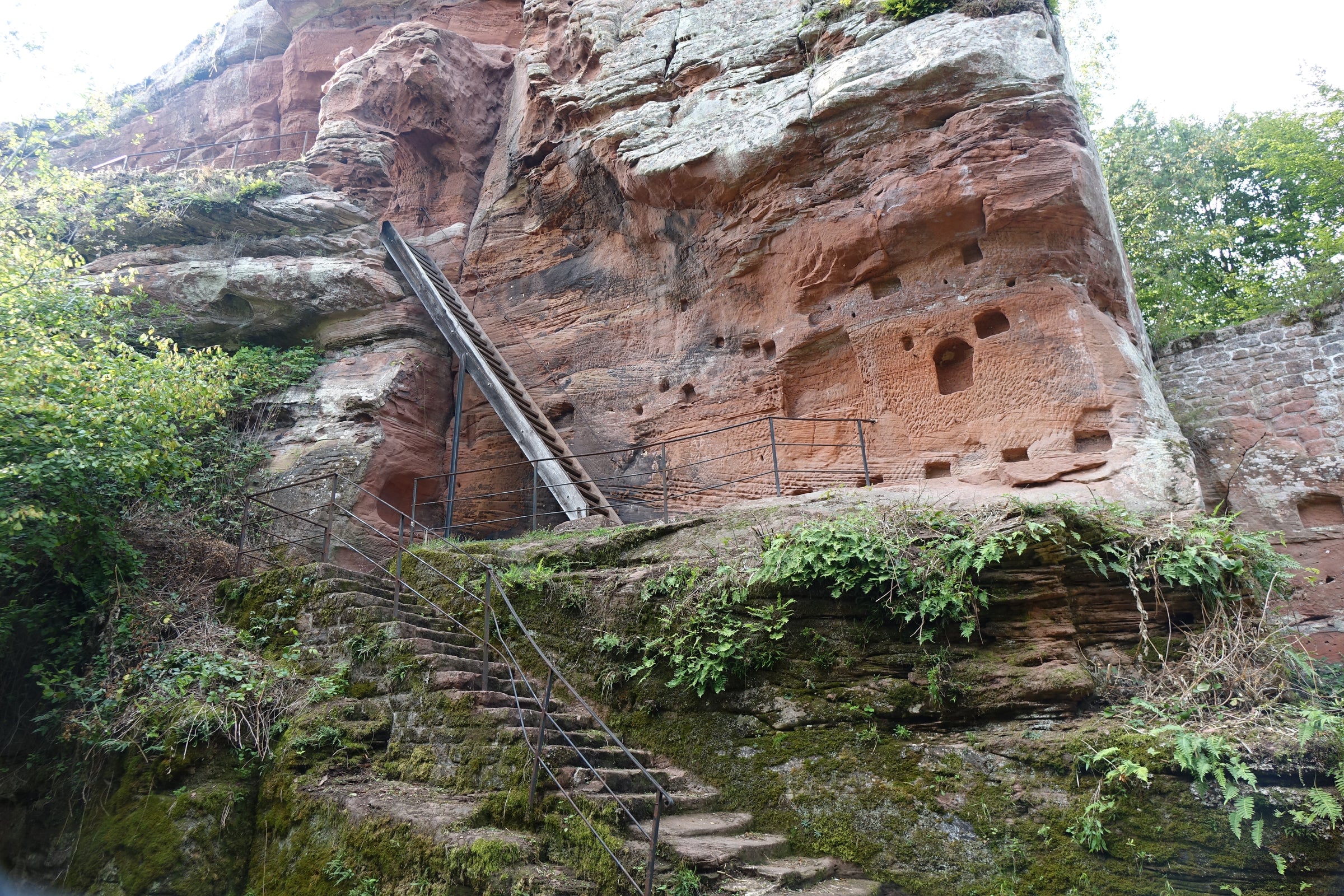Thirty-five years ago, today’s stunningly profound Brut Nature became one of the first single-vineyard Champagnes to hit the world market, and it has since gained a cult following among the finest connoisseurs and critics. Most notably, Tarlant’s “Cuvée Louis” is technically considered ‘NV’ (non-vintage), which is perhaps the most misleading classification I’ve ever come across: The overwhelming majority (85%) of this prestige cuvée dates back to the year 2000, with the remaining components coming from ‘99, ‘98, ‘97, and the legendary ‘96 vintage.
After the wine was sent to bottle in 2001, it then rested in Tarlant’s cellars for an unbelievable 15 years before being disgorged at the end of 2016. Pick almost any prestige cuvée from your favorite Champagne house and as far as price, quality, and sheer time in the cellar, they won’t come remotely close to competing. Just like Dom Perignon’s P2 series, or Bollinger’s R.D., “Cuvée Louis” matures decades before release, but at a shockingly low price. This is undoubtedly a passion project for the Tarlants and one that has been, and will continue to be, lauded by connoisseurs as a full-bodied, bone-dry, immensely deep Champagne. As has always been the case with “Cuvée Louis,” production is extremely limited, so we must limit everyone to three bottles per person today.
Twelfth-generation Benoît Tarlant has been the proprietor of his family's historic estate for nearly 20 years now, having lifted it into the modern era with new sustainability measures and constant experimentation. He must, however, do all this with an incredibly heavy load on his shoulders—there is a lot on the line for Benoît: His family has been farming vines since 1687 and, for the past 250 years, has called the Vallée de la Marne home. In the early 20th century, they stood up to the Grandes Marques (many of whom were sourcing cheap grapes from other countries and selling it as Champagne) and assisted in the movement to create today’s AOC. The Tarlants were also one of the first 10 estates in the region to cut ties with the large Champagne houses in order to become independent grower-producers (récoltant-manipulant, or RM). They are pioneers, leaders among Vallée de la Marne producers, and continue to be one of the top growers in all of Champagne. The Tarlants are, simply speaking, legends.
In 1982, Benoît’s father first bottled “Cuvée Louis” (in homage to his great-grandfather) from “Les Crayons,” a single-vineyard located in the riverside town of Oeuilly—about a 15-minute drive west of Epernay. This was revolutionary at the time; it became one of the first site-specific Champagnes (even before Krug’s “Clos du Mesnil”), which subsequently triggered a slew of new entries from all over the region. Thirty-six years later, Tarlant still uses this vineyard for Cuvée Louis, the only difference being that it is farmed with organic practices and the vines are now pushing 65 years of age. This current release mostly came from the 2000 vintage, blended with 15% reserve wine from the years of 1996-1999; an amazing feat of patience and blending. At the end of the year 2000, alcoholic fermentation occurred in oak barrels (along with stirring of the lees, or bâtonnage) and the wine rested there until May of the following year. It was then transferred into bottle, where it aged on its lees for an astounding 15 years until a manual disgorgement. It was corked without any addition of sugar.
Tarlant’s “Cuvée Louis” shows a mature, deep yellow core with an amber hue leading out to rim. After it warms up a bit, seductive aromas fill the air: dried pineapple, preserved lemon, pastries, cut yellow apples, bruised Bosc pear, damp yellow flowers, honey, stirred lees, and a constant presence of crushed chalk. Perhaps even more impressive was revisiting this on the second day—a persistent bead still rose up and there wasn’t any sign of fatigue on the palate, which is a tour de force. This is a full-bodied Champagne that is simultaneously rich and bone-dry. Dense, mature yellow fruits are burrowed in its core with an undying wave of chalk minerality. After air, savory dried mushroom and white truffle will also make a much welcomed appearance. Remember, it has seen decades of aging, so be sure to show a bit of patience when pouring into a wide-mouthed tulip or even a Burgundy stem. Spend hours with this ‘wise’ bottle and you’ll find more “data” packed into one ounce of it than you’ll find in most other Champagnes. It should be paired with dishes that incorporate, as the chefs like to say, “luxury ingredients”: caviar, foie, truffles, etc. Then again, you can go the high-low route and pair it with your most-trusted fried chicken preparation. It’s got the stuffing for it!


